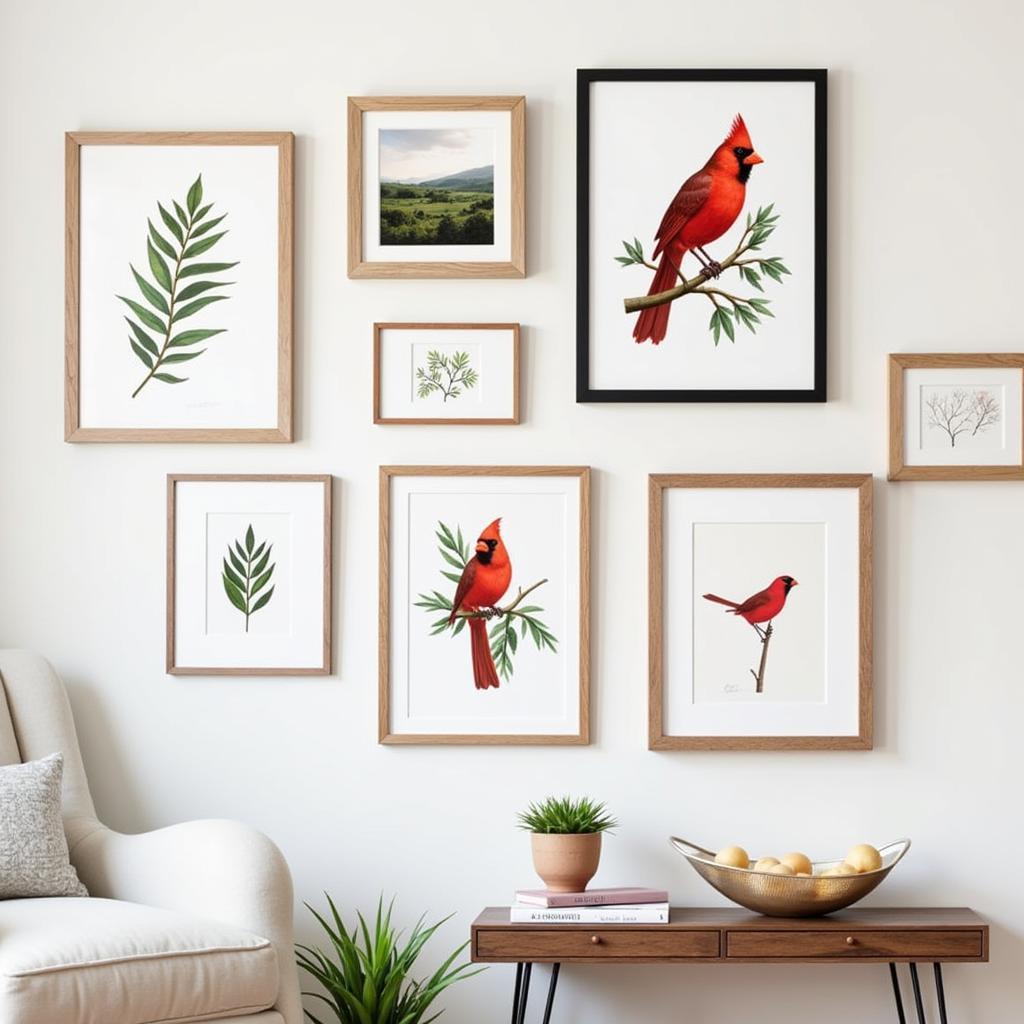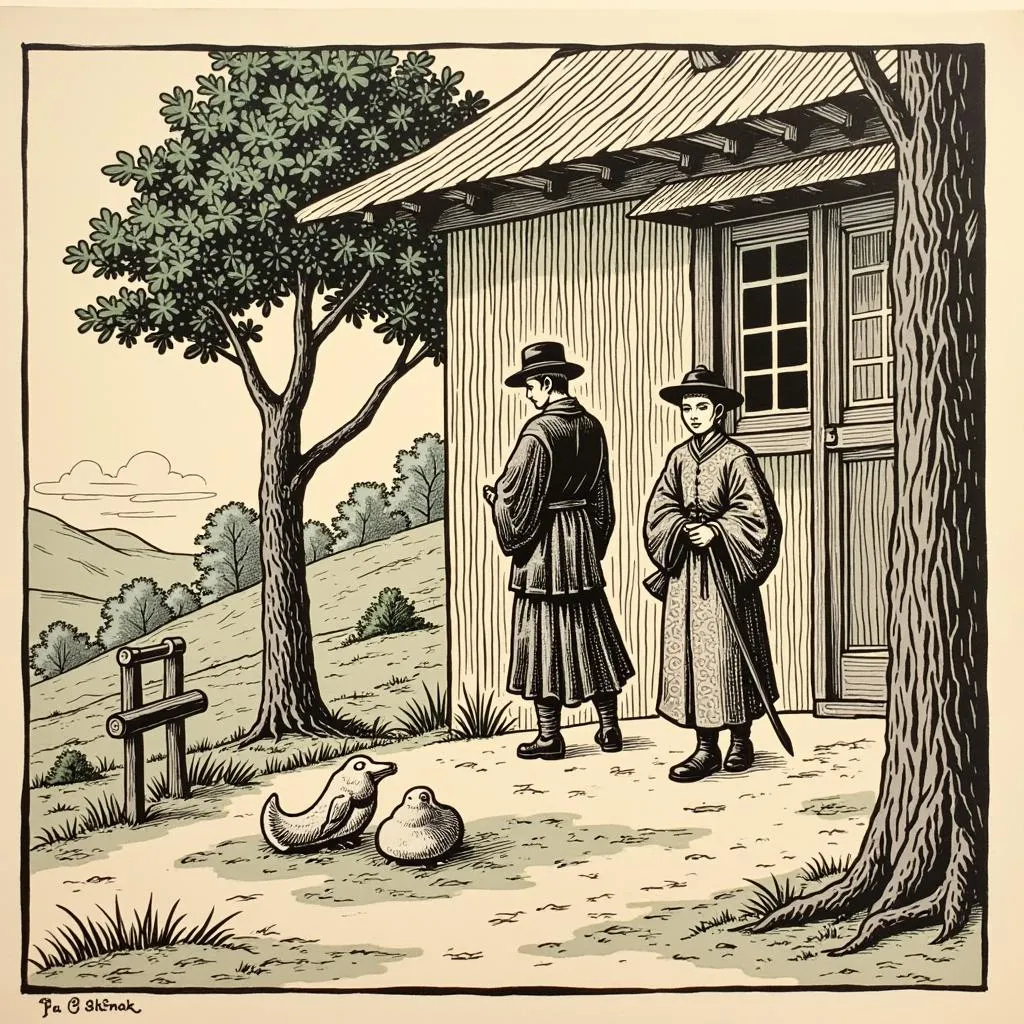Delve into the World of Cavalier Art: A Digital Artist’s Guide
Cavalier Art, a vibrant and expressive style that flourished in 17th-century Europe, continues to captivate art enthusiasts even today. Characterized by its dynamic compositions, rich color palettes, and emphasis on movement and emotion, Cavalier art offers a fascinating glimpse into the opulent courts and cultural landscape of the Baroque era.
Unraveling the Essence of Cavalier Art
Emerging as a distinct style in Italy, Cavalier art derived its name from the Italian word “cavaliere,” meaning “knight” or “gentleman.” This nomenclature reflects the art movement’s close association with the aristocratic courts, where it served as a powerful tool for projecting power, sophistication, and refined taste.
Key Characteristics of Cavalier Art:
- Emphasis on Elegance and Grace: Cavalier artists masterfully portrayed their subjects with a heightened sense of elegance and grace. Figures, often depicted in elaborate costumes, exude a sense of effortless movement and poise.
- Dynamic Compositions: Unlike the static compositions of earlier art movements, Cavalier art embraced movement and dynamism. Diagonal lines, swirling drapery, and energetic gestures infuse the artworks with a sense of vitality and theatricality.
- Rich and Opulent Color Palettes: The use of vibrant colors, often in contrasting hues, is another hallmark of Cavalier art. Deep reds, rich blues, and shimmering golds evoke a sense of luxury and opulence, reflecting the lavish lifestyles of the aristocracy.
Exploring the Themes and Subjects of Cavalier Art
Cavalier art explored a diverse range of themes and subjects, reflecting the interests and preoccupations of the courtly society it served.
- Mythological and Religious Narratives: Drawing inspiration from classical mythology and biblical stories, Cavalier artists often depicted scenes of gods, goddesses, and biblical figures. These narratives provided opportunities to showcase dramatic action, emotional intensity, and allegorical meanings.
- Portraits of the Elite: Portraiture played a significant role in Cavalier art, serving as a means for the aristocracy to commemorate themselves and their families. These portraits often emphasized the sitter’s wealth, status, and refined taste through lavish costumes, elegant poses, and meticulously rendered details.
- Genre Scenes and Landscapes: In addition to grand historical and mythological themes, Cavalier art also encompassed scenes from everyday life, known as genre paintings. These works often depicted festive gatherings, musical performances, and leisurely pursuits, offering insights into the social customs and leisure activities of the period.
The Enduring Legacy of Cavalier Art
Cavalier art’s influence extended far beyond its 17th-century origins, leaving an indelible mark on the trajectory of European art. Its emphasis on dynamism, emotion, and theatricality paved the way for the emergence of the Baroque style, while its celebration of elegance and grace continued to resonate in later art movements, such as Rococo.
Conclusion
Cavalier art stands as a testament to the creative ferment and artistic brilliance of 17th-century Europe. Its enduring appeal lies in its ability to transport viewers to a world of opulence, drama, and refined taste, offering a captivating window into a bygone era. Whether you are an art aficionado or simply appreciate beauty and artistry, exploring the world of Cavalier art is a rewarding and enriching experience.



